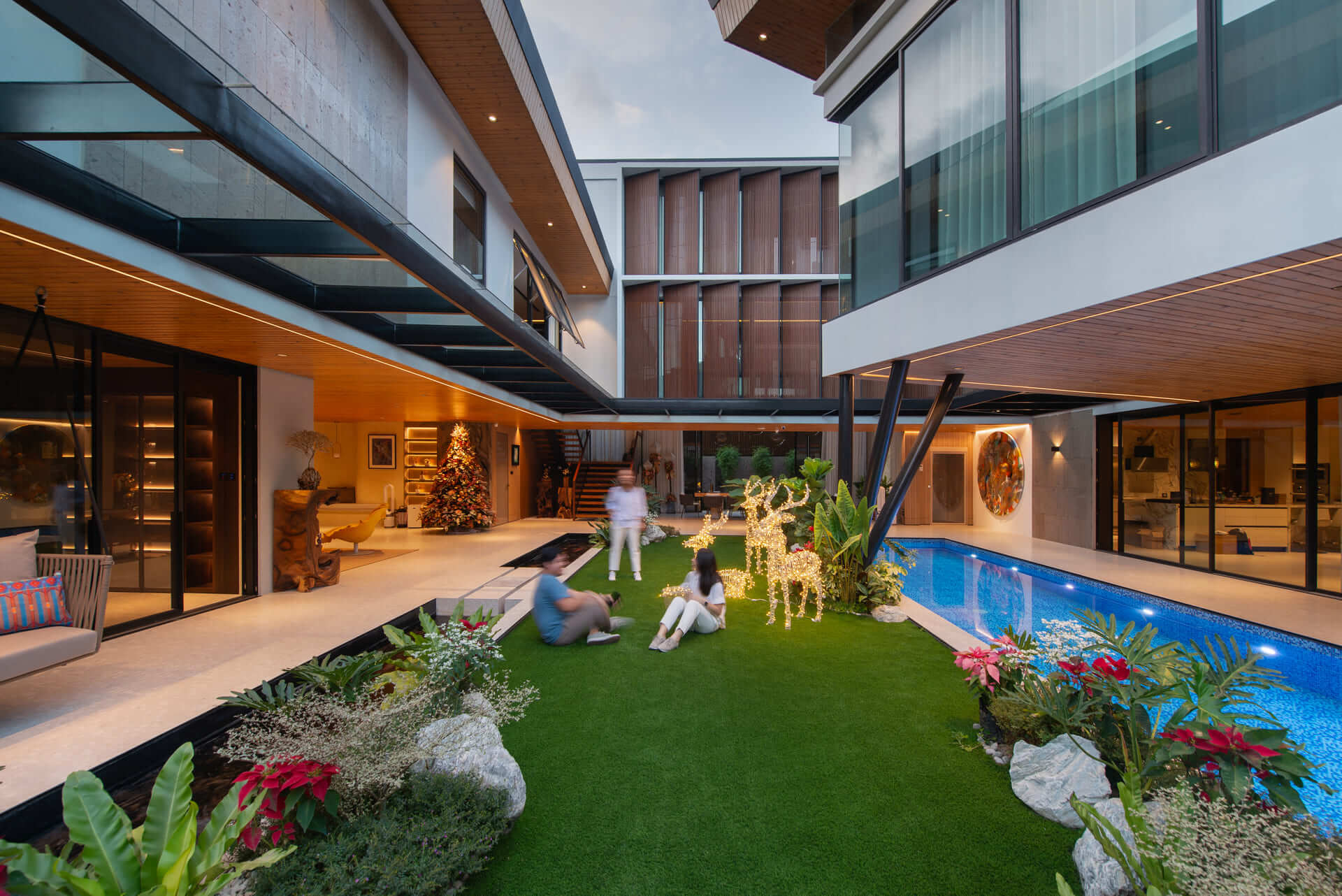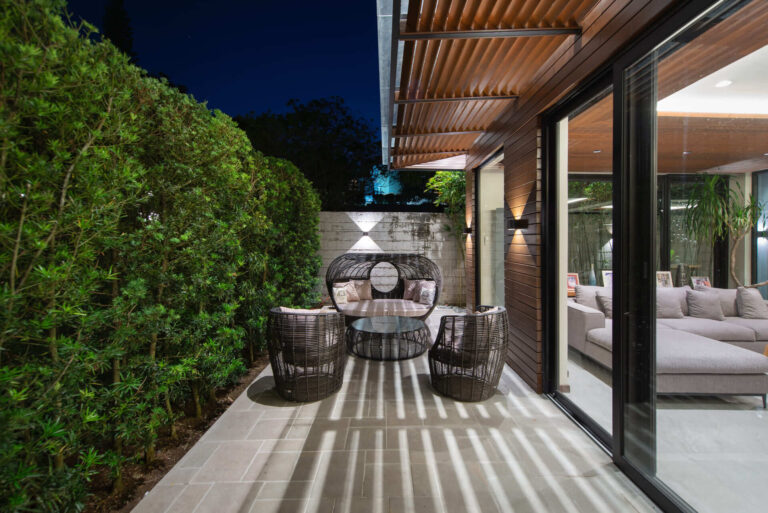Bringing nature indoors is not new, but it’s become more important after the pandemic. Biophilic design, a term for integrating natural elements into interior spaces, is now really important for making spaces feel calm and refreshing.
Indoor plants, in particular, have been a tool in achieving this biophilic connection. Bringing indoor plants into your space is a delightful way to elevate your environment, embracing their aesthetic appeal and the many benefits they offer.
Indoor plants help improve air quality. They take in carbon dioxide and give out oxygen through photosynthesis. This natural process cleans the air and lowers the risk of health problems from poor indoor air, such as allergies, asthma, and other respiratory problems.
Aside from air purification, research has shown that having plants around can decrease stress, reduce blood pressure, and boost overall well-being. In the workplace, it is proven that having plants enhances creativity and productivity, making them a valuable addition to our mental and emotional well-being.
Lastly, indoor plants contribute to indoor areas’ visual and sensory appeal. Their varied shapes, sizes, and textures provide numerous design possibilities, allowing them to serve as either decorative focal points or complementary elements in a room.
In a fast-paced world that often overlooks nature, biophilic design and indoor plants provide a means to reconnect with the natural world and establish healthier, livelier living environments.


